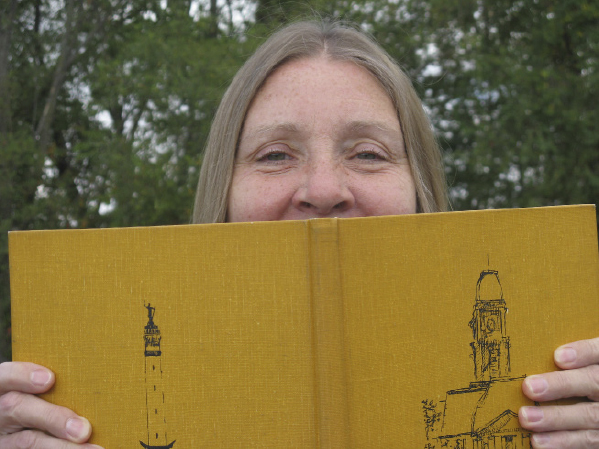Talking about Murder at the Model Mill

About this time, 120 years ago, the talk of the town was one of the most heinous murders ever to take place in Hamilton County, a crime so infamous, it made newspapers around the country.
The victim was a 27 year-old Richmond, Virginia native named John Seay.
Seay had come here seven years earlier to take a job as a flour packer at the Noblesville Milling Company and had worked his way up to the position of second miller.
To all appearances, he had a bright future ahead of him. Described as a “peaceful, modest man” with “the happy faculty of avoiding trouble,” he’d made many friends in Noblesville.
He’d also won the heart of 20 year-old Carrie Phillips. The couple planned to issue a formal announcement of their engagement at Christmas.
That never happened.
A little after 1 a.m. on December 22, 1901, while on his nightly rounds at the Model Mill, Seay paused to sit down on the stairway between the first and second floors.
The stairs were well lit and only a few feet from a large window on the south side of the building. That made Seay an easy target for the unknown “assassin” who fired a shotgun through the window.
Struck in the head and neck by nearly a full load of shotgun pellets, Seay died almost instantly.
Less than two hours later, police arrested 29 year-old William L. “Will” Fodrea for the crime. Although no solid evidence implicated Fodrea, sentiments he’d expressed previously and his inability to provide a satisfactory account of his whereabouts at the time of the murder made him the prime suspect.
During Fodrea’s trial the following June, testimony showed that he’d been obsessed with Carrie Phillips long before Seay entered the picture and he’d made it perfectly clear he wasn’t willing to give her up — to anyone.
He ignored Phillips’ requests to stop calling and frequently declared that if he wasn’t allowed to “go with” her, he’d see that nobody else could.
On one occasion, he told her “it would be better for her to go with him than for him to spend the remainder of his days in the penitentiary.”
Carrie’s mother, Olive, testified that Fodrea often lurked near the Phillips’ home at night, hiding behind telephone poles on the opposite side of the street.
At Thanksgiving he’d even been caught crawling out from under the family’s veranda, flushed from hiding by a barking dog.
On the night of the murder, he claimed to have been sitting on the courthouse steps contemplating his financial woes between 11 p.m. and 2 a.m. Nobody bought that. The temperature that night was several degrees below zero.
Those are just a few of the points raised by the prosecution.
The defense countered by emphasizing Fodrea’s “unblemished” reputation. Several prominent citizens testified on his behalf, as did his father, Levi P. Fodrea, a former county recorder, and his sister, Leota, a popular school teacher.
After four ballots, the jury acquitted Fodrea — not so much because he was believed innocent, but because both sides had only presented circumstantial evidence. The state’s attorneys simply failed to remove reasonable doubt.
Carrie Phillips, who’d been a witness for the prosecution, was described as “prostrated” by the verdict.
Both Fodrea and Phillips went on to marry other people and leave Noblesville. Ironically, they ended up living less than 90 miles apart in Arkansas.
No one else was ever charged with Seay’s murder.
Notable Nineties Update: Cora (Hunter) McCoy has added several names to the list: Ronald Miller, an American National Bank retiree; Geraldine (Burwell) Miller, widow of Keith Miller; White River Township farmers Don Alan Meyers and Charles Burkhardt; and Esther (Bowman) Beard.
Congratulations!
Paula Dunn’s From Time to Thyme column appears on Wednesdays in The Times. Contact her at younggardenerfriend@gmail.com
